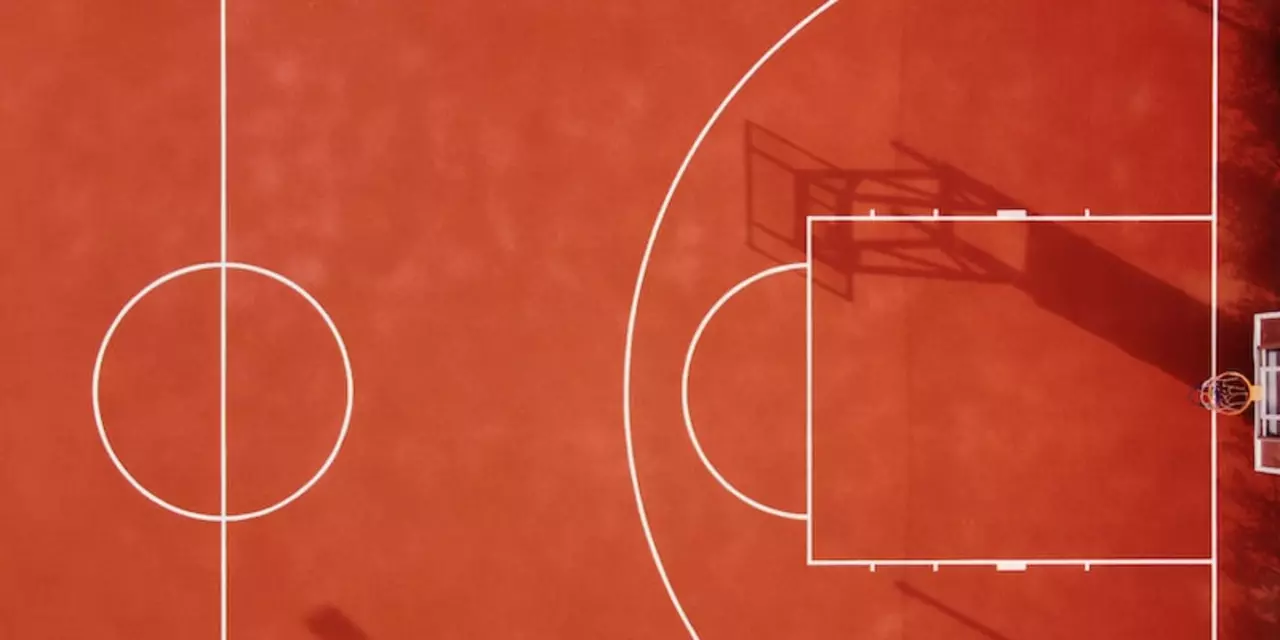Heights in Basketball: How Size Shapes the Game
Ever wonder why the NBA’s biggest names are often over seven feet tall? Height does give you a natural edge – you can shoot over defenders, snag rebounds, and block shots more easily. But it’s not the only secret to success. Whether you’re a 5'9" guard or a 6'11" forward, knowing how to use (or work around) your height can change the way you play.
Why Height Gives You an Edge
First things first: taller players occupy more space. This means a higher release point on jumpshots, a longer reach for steals, and a bigger landing zone for rebounds. Coaches love a player who can protect the rim or dominate the paint because those actions directly affect the scoreboard. In the post, a taller frame also makes it easier to hold position against opponents, letting you set screens or slide into the lane with less effort.
But the advantage isn’t just about raw measurements. Height often comes with longer arms, which translates to a bigger defensive radius. On offense, a longer wingspan can help you finish at the basket with a scoop or a lay‑up that smaller players can’t see over.
Playing Smart When You’re Not the Tallest
Shorter players can still dominate. Think about the legendary guards who led the league – they used speed, agility, and a killer basketball IQ to outsmart bigger opponents. If you’re under six feet, focus on quick first steps, sharp dribbling, and a high‑percentage jump shot. Shooting from the perimeter makes you a threat that forces taller defenders to come out of the paint, opening up lanes for your teammates.
Work on your vertical jump. A 10‑inch increase can make a huge difference in a fast break or when contesting a rebound. Simple routines like calf raises, box jumps, and strength training can add those extra inches without any magic pill.
Another trick: learn to read the defense. Tall players often rely on size to block shots, but if you move the ball quickly and change angles, you can exploit the gaps they leave. Using a pump fake, a quick jab step, or a behind‑the‑back pass can make a defender’s height feel less intimidating.
Lastly, lean into the mental side. Confidence is a game‑changer. Players who believe they can beat a taller opponent are more likely to take the right shots and make smarter decisions. Watch game tape, notice how the pros use their bodies, and apply those habits to your own play.
In short, height matters, but it’s only one piece of the puzzle. By sharpening your skills, boosting your athleticism, and staying smart on the court, you can turn any height into a winning advantage. So whether you’re measuring in feet or inches, the key is to own your game and play to your strengths.
Is it okay to shoot at basketball hoops that are different heights?
Playing basketball with hoops at different heights can be a fun and challenging way to practice shooting skills. However, it is important to consider the safety of players and the property when using hoops of different heights. It is usually okay to shoot at basketball hoops of different heights, as long as the players are comfortable and all safety measures are taken. It is advised to use a softer ball, be aware of the surroundings, and make sure the height of the hoop is appropriate for the skill level of the players. Overall, shooting at differently-sized hoops can be a great way to hone basketball skills.
read more
